The Galapagos - April 2022
The Galapagos Islands were made famous by Charles Darwin and his book On the Origin of Species. It is the unique and at harsh landscapes of the islands that produced the varied and specialized animals and plants that lead Darwin to his revolutionary thinking. Its amazing how much variety you can see in some of the species from island to island. We traveled with a great group leader, Don Mammasor, https://donmammoserphoto.com/ . One key to visiting this unique place is to travel in a small group. Ships can land 15 people at a landing site. And are limited in the number of landings on each island. So you want to be on one of the small ships to maximize your time on the islands. We traveled on a great ship, the Yacht Angelito, https://www.galapagosparadise-dreams.com/web/crucero/item/angelito-yacht-galapagos
Black and White Waved Albatross
Today the islands are a national park. Access is limited and tourists are monitored to ensure that man’s impact on this natural treasure is limited. Many can only be reached by small live on yachts holding only 15 to 30 passengers. And groups are limited to 15 at a time per landing, Visitors travel with naturalist guides on simple paths, so man’s impact on the islands and its flora and fauna is minimal. Respect for the natural beauty of the landscape and the animal life has resulted in animals with almost no fear, or care for humans. Because of this you get an incredible opportunity to be within feet of many of these amazing creatures.
Galapagos Tortoise - Santa Cruz Island.
Saddleback Galapagos Tortoise
One of the emblematic animals of the Galapagos it the Giant Tortoise. There were 15 subspecies although two are now extinct. At one point it was thought that there were 250,000 tortoises in the islands, but unfortunately for them they were an easy source of meat for sailors. Easy to catch and the ability to live for almost a year with no food or water, made them ideal for stacking on the decks of whaling ships. Now there are about 15,000 left. Easy to see at the Charles Darwin Research Station in Puerto Ayora where the researchers are working to save the remaining subspecies. Two major shell shapes, domed and saddleback, are the result of differing environments. Saddlebacks allow the tortoises to stand and reach high leaves, while the domed tortoises feed on lower grasses and plants.
Red-footed Bobbie
Multiple boobies inhabit the islands. Blue footed and Nazca Boobies nest on the ground, and dance to entice their mates. Red-footed are found in low trees and bushes. Their mating dances are a sight to see.
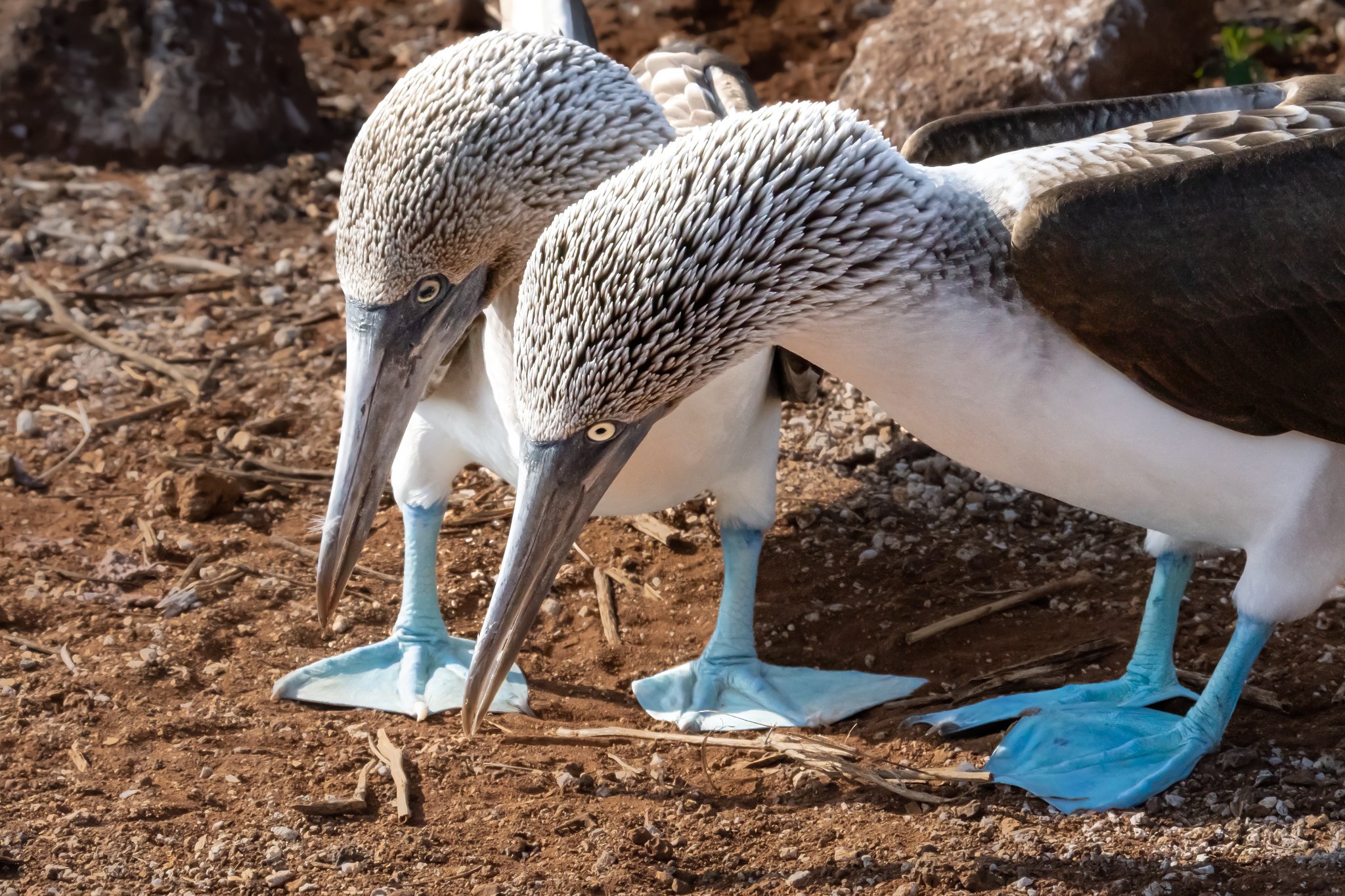
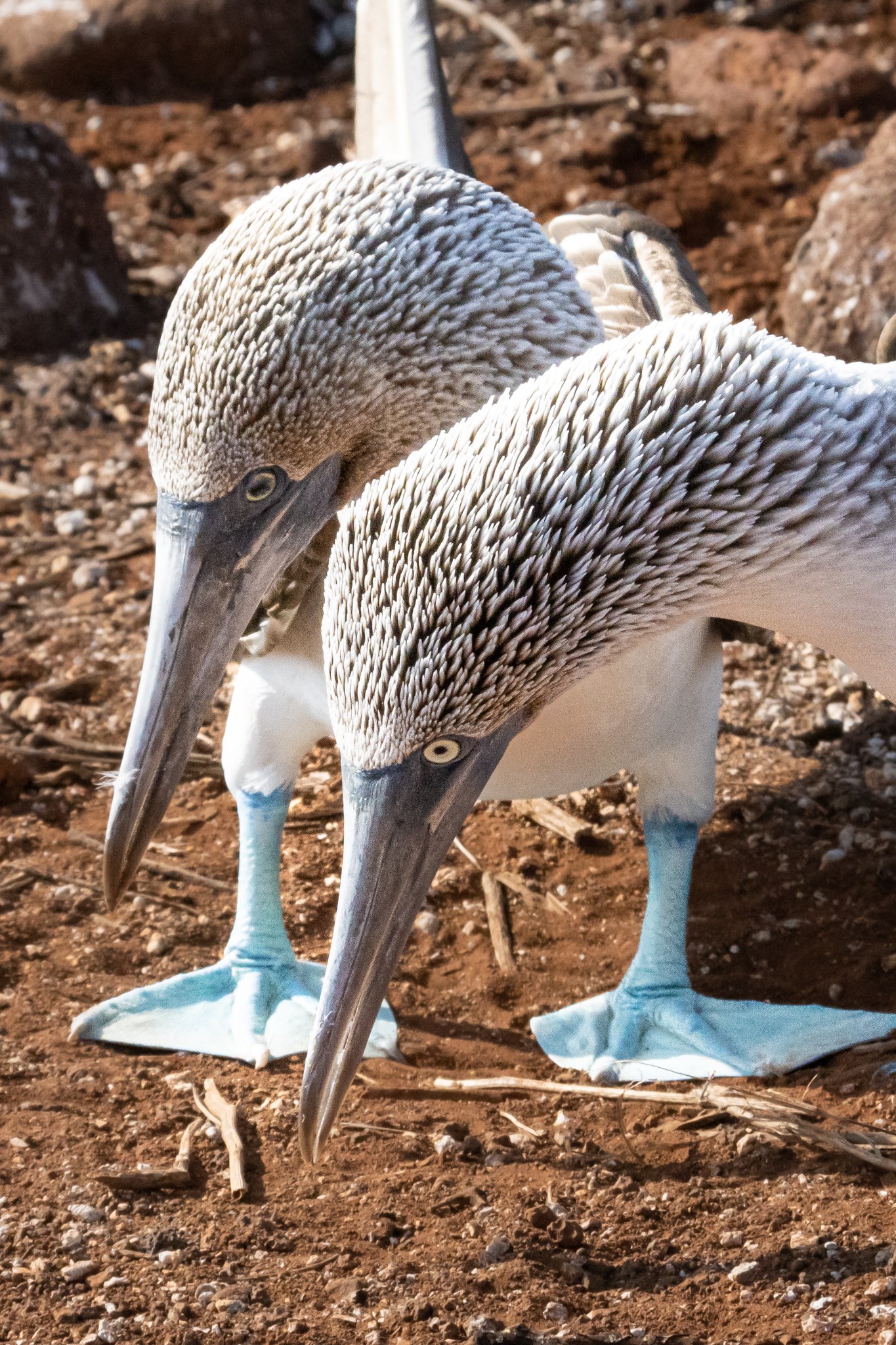
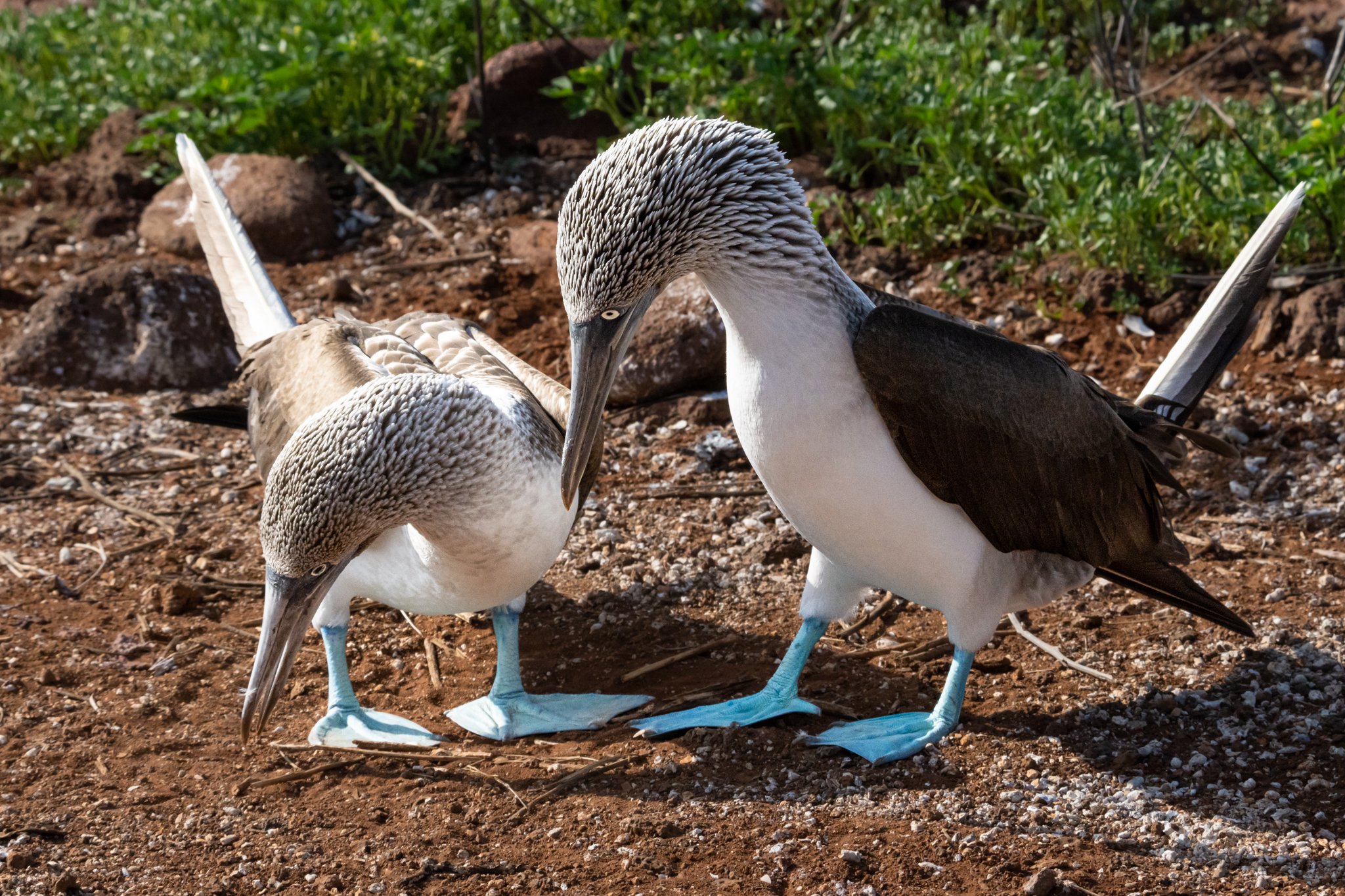
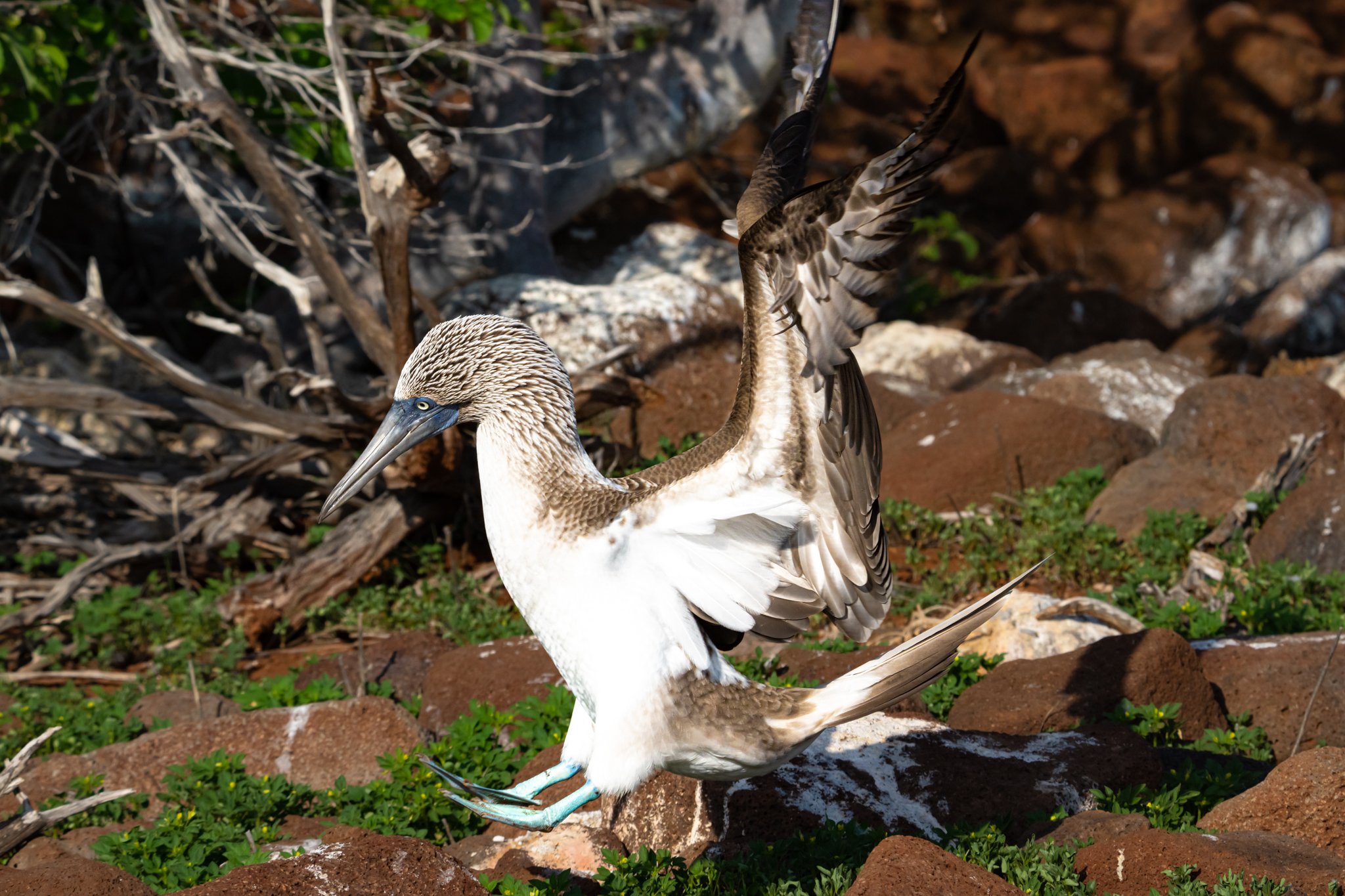
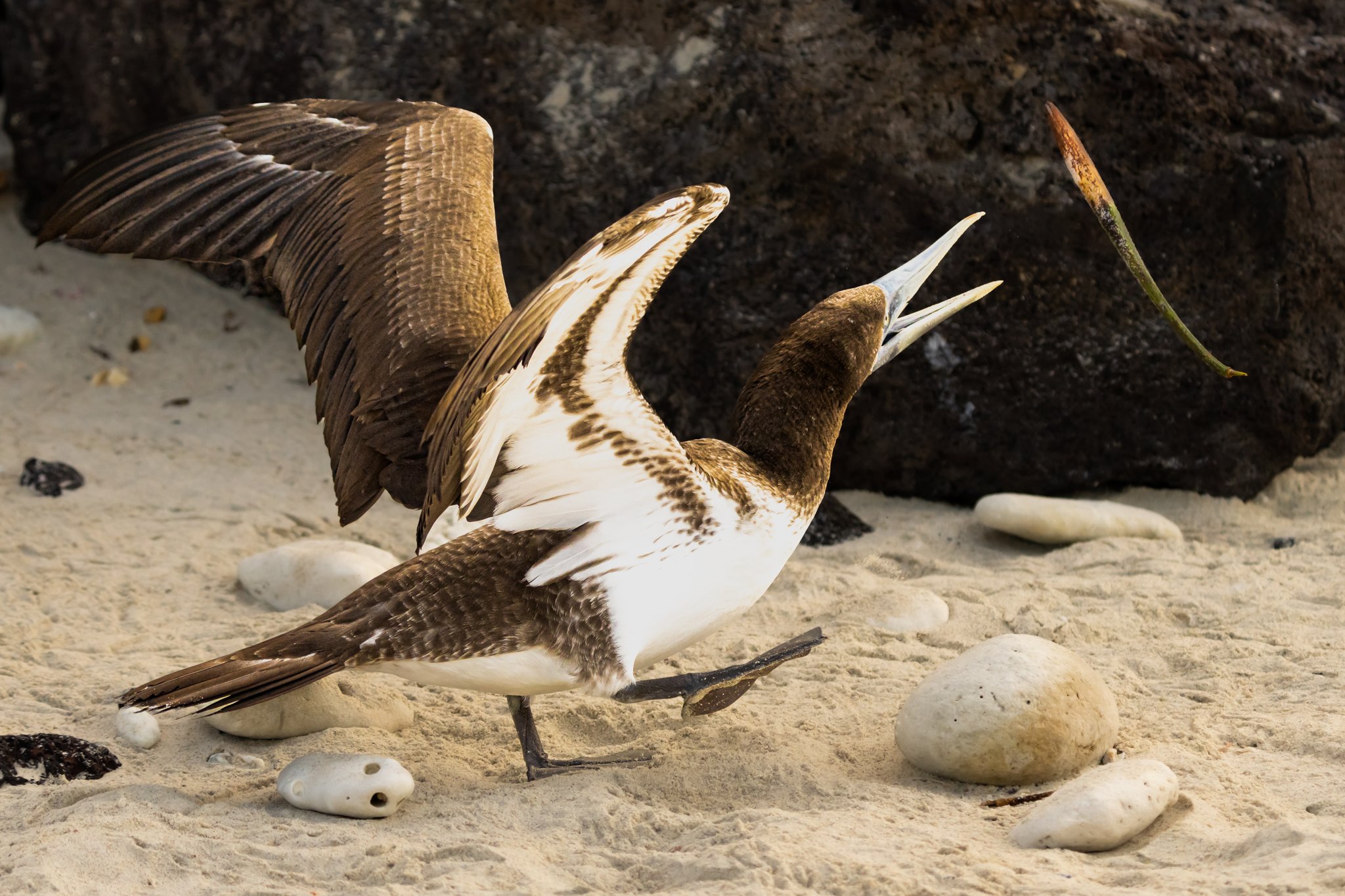
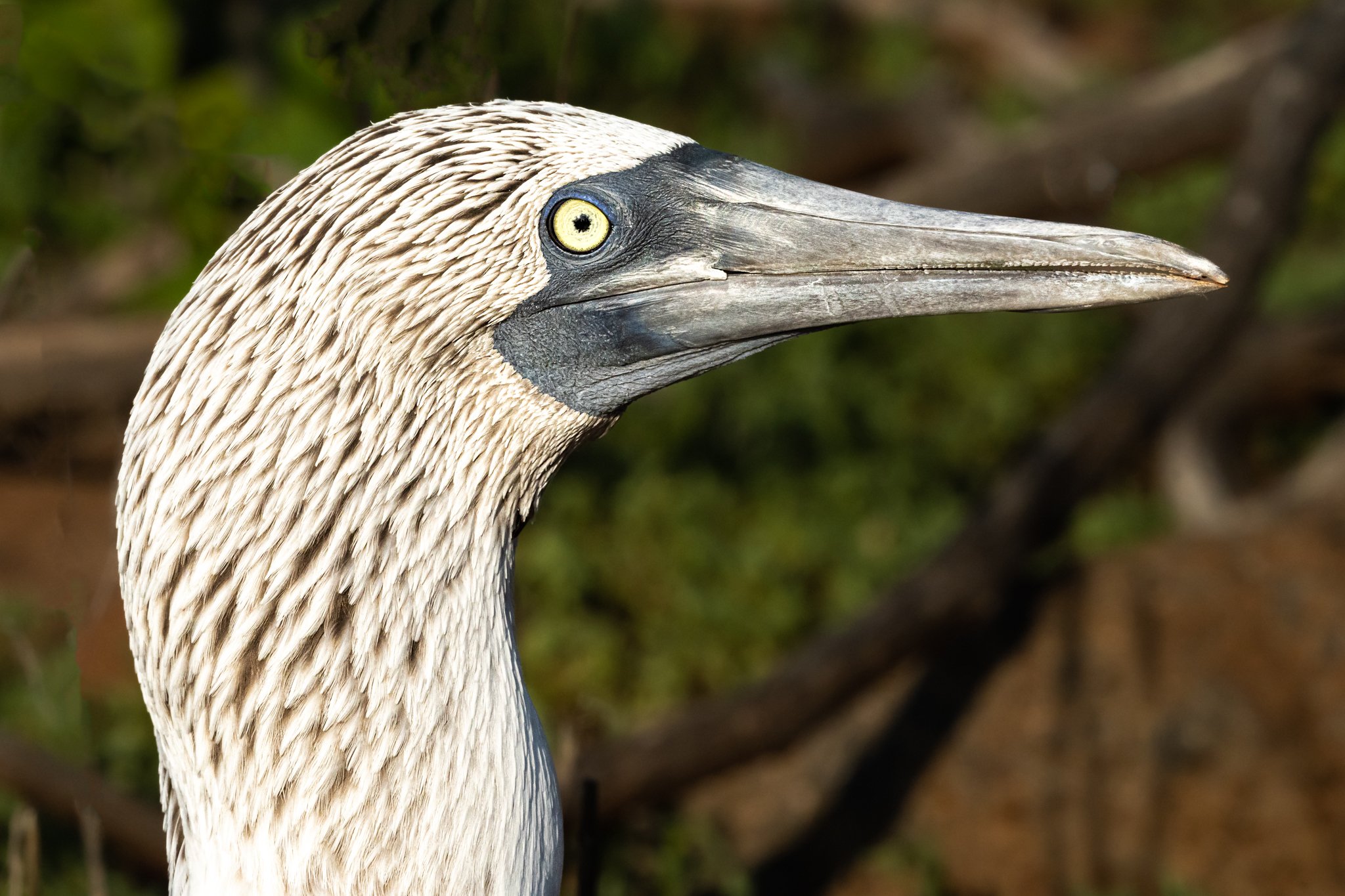
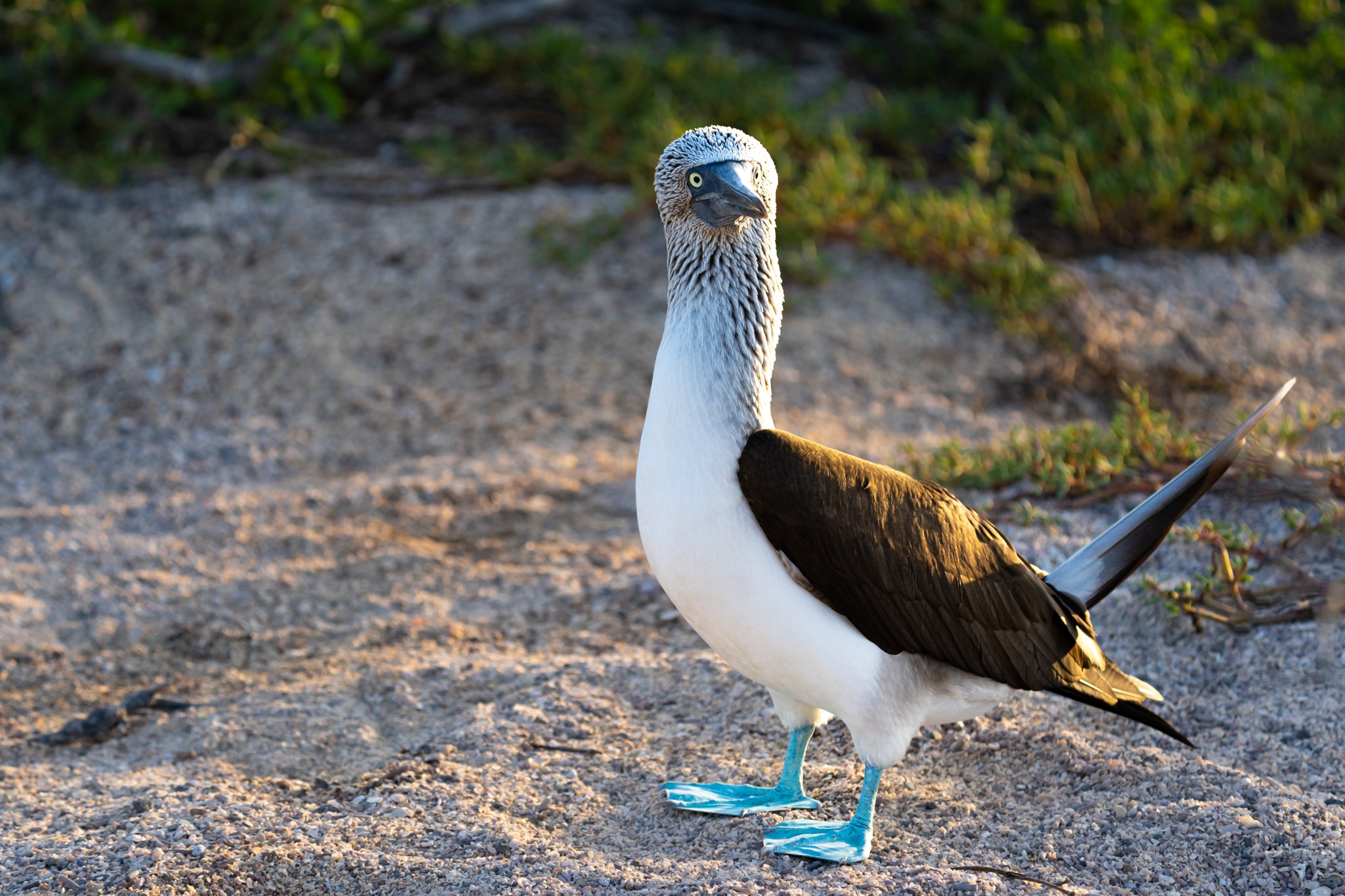
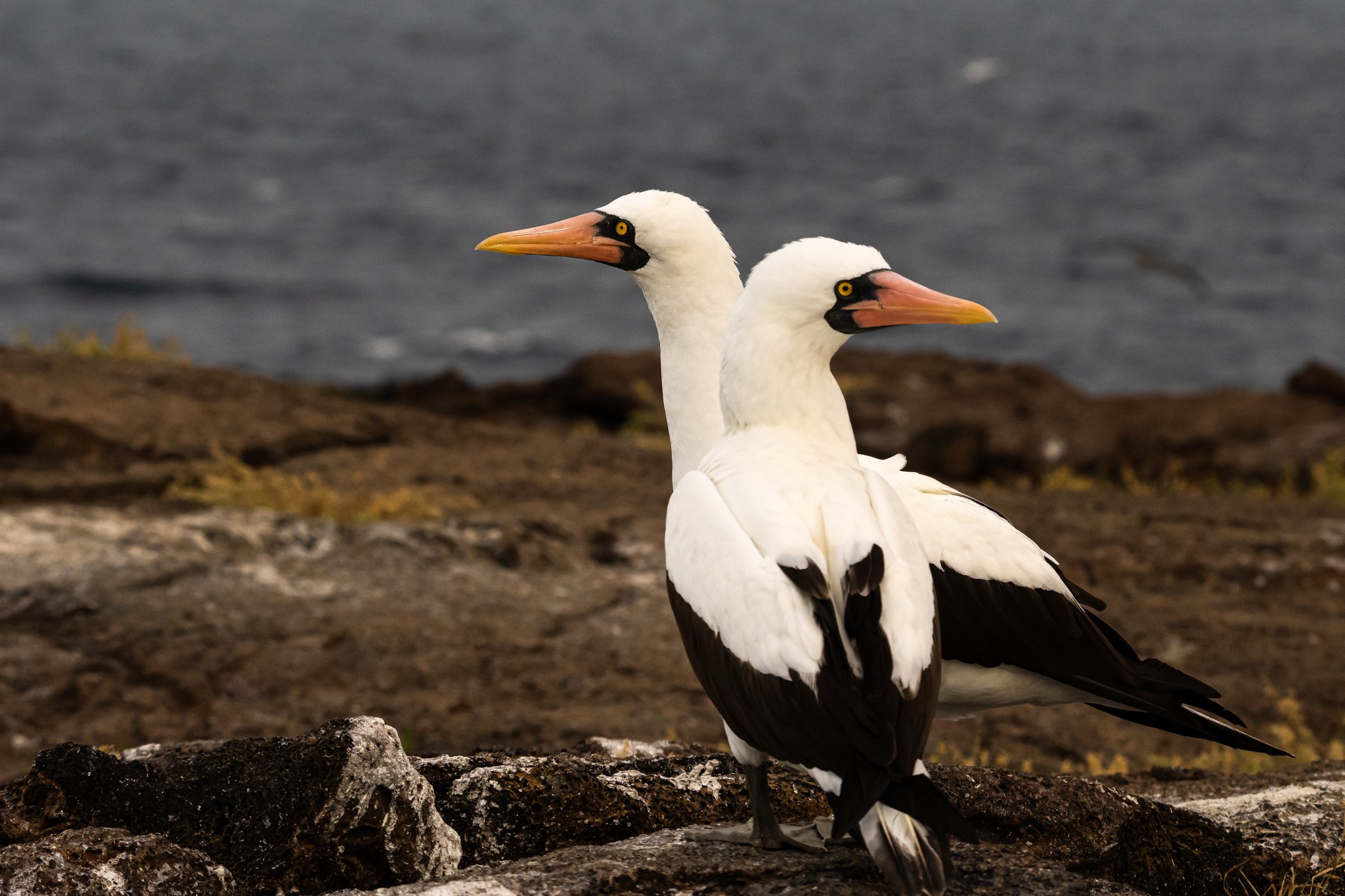
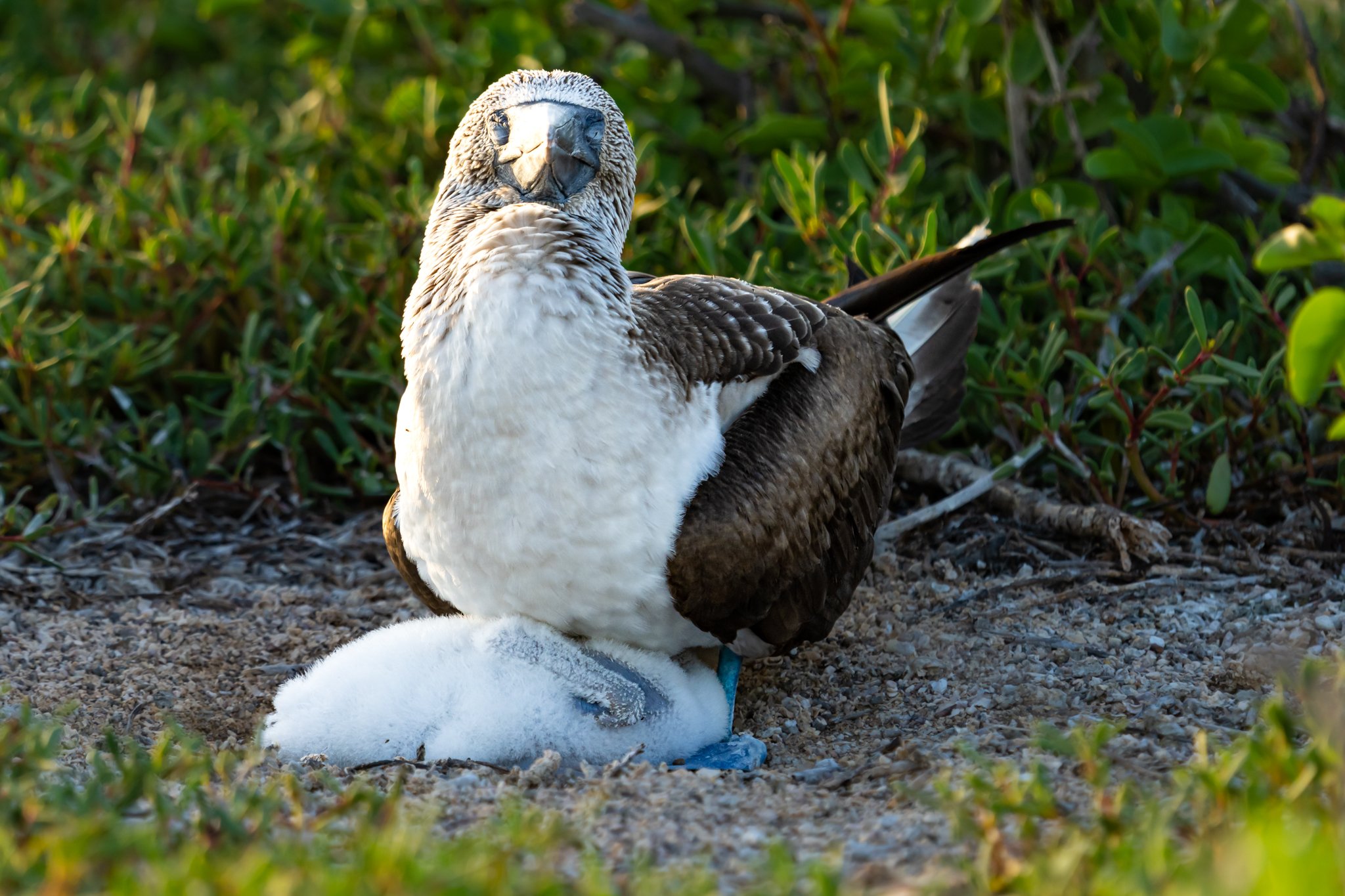
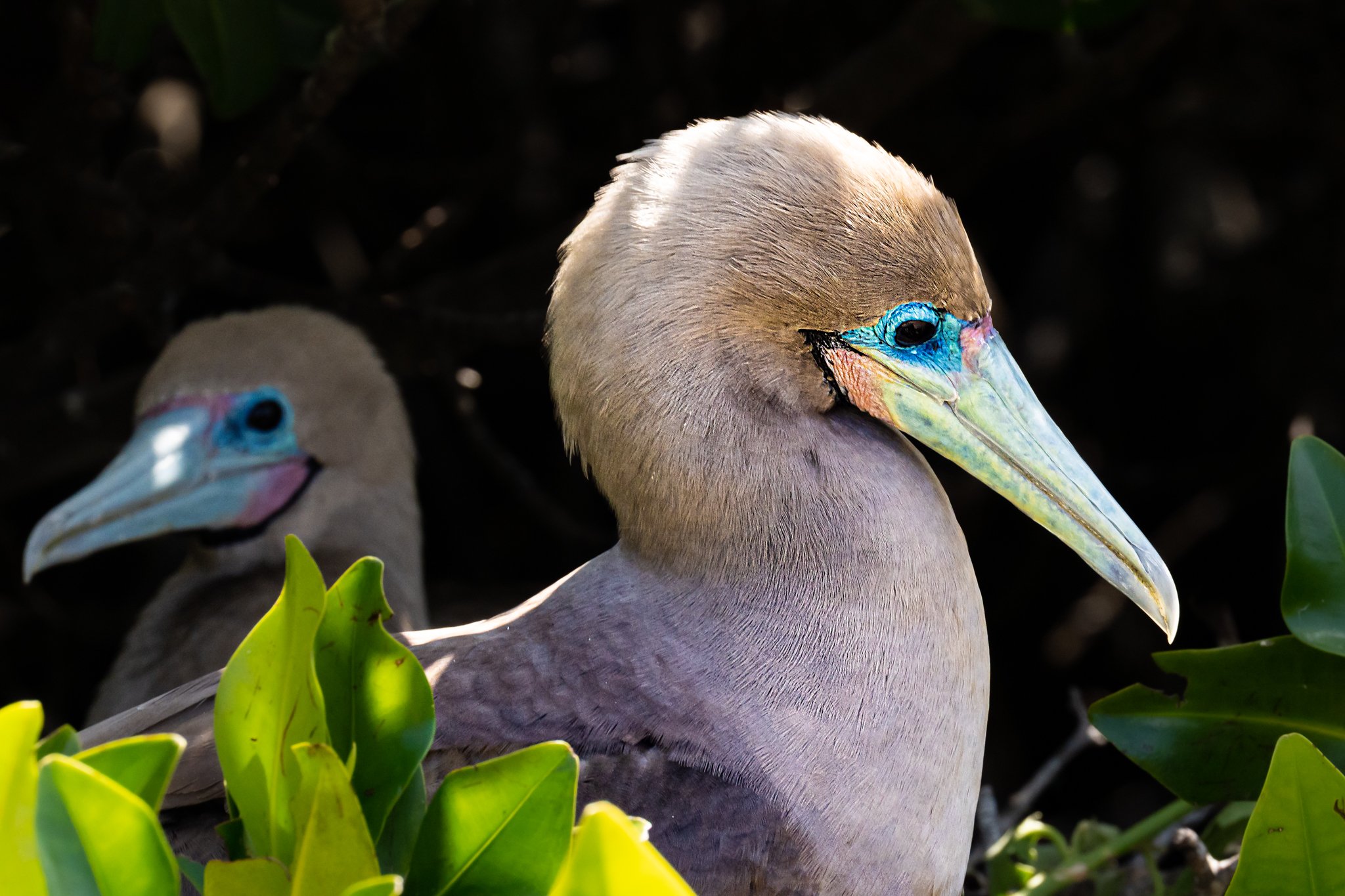
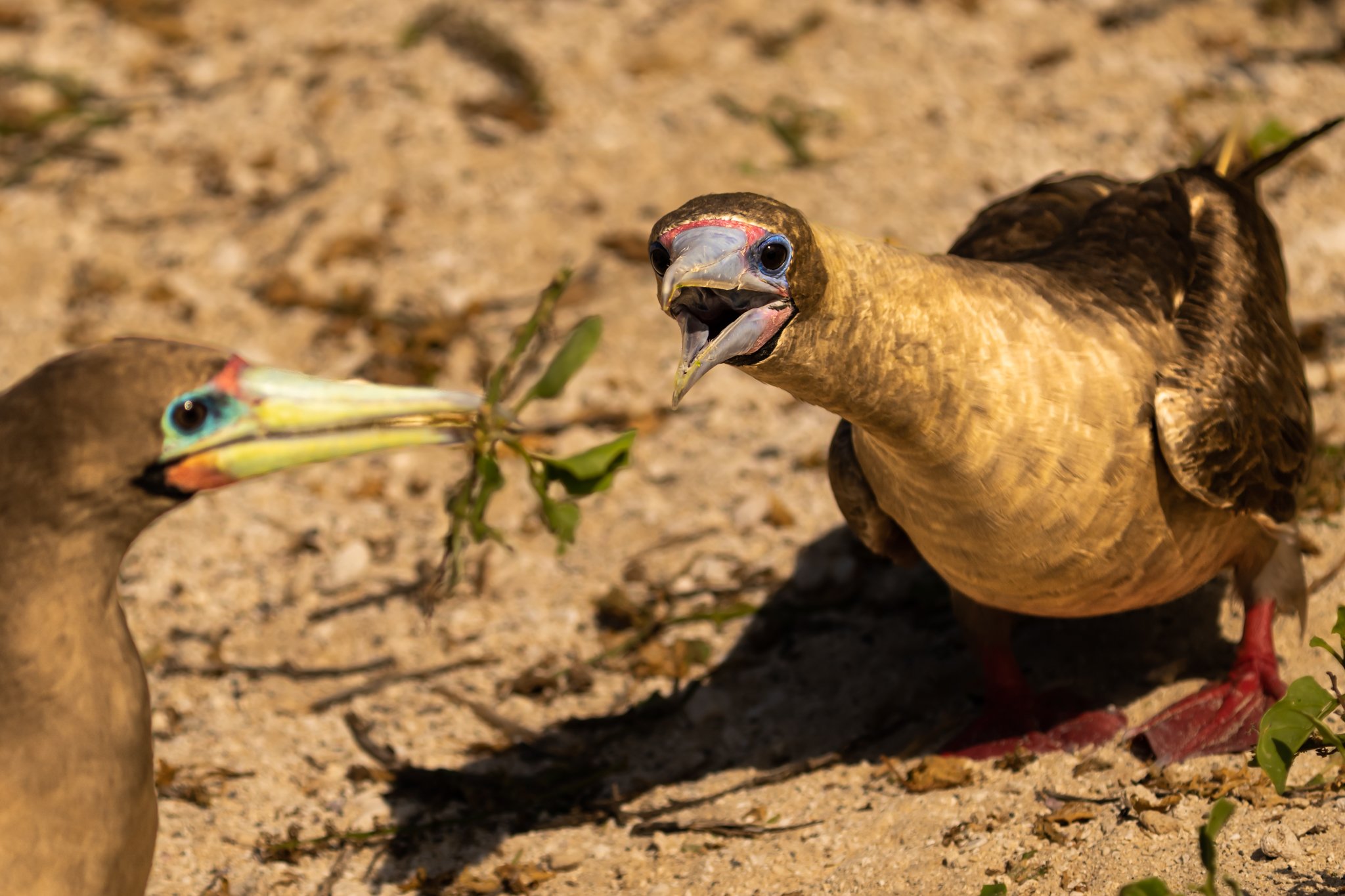
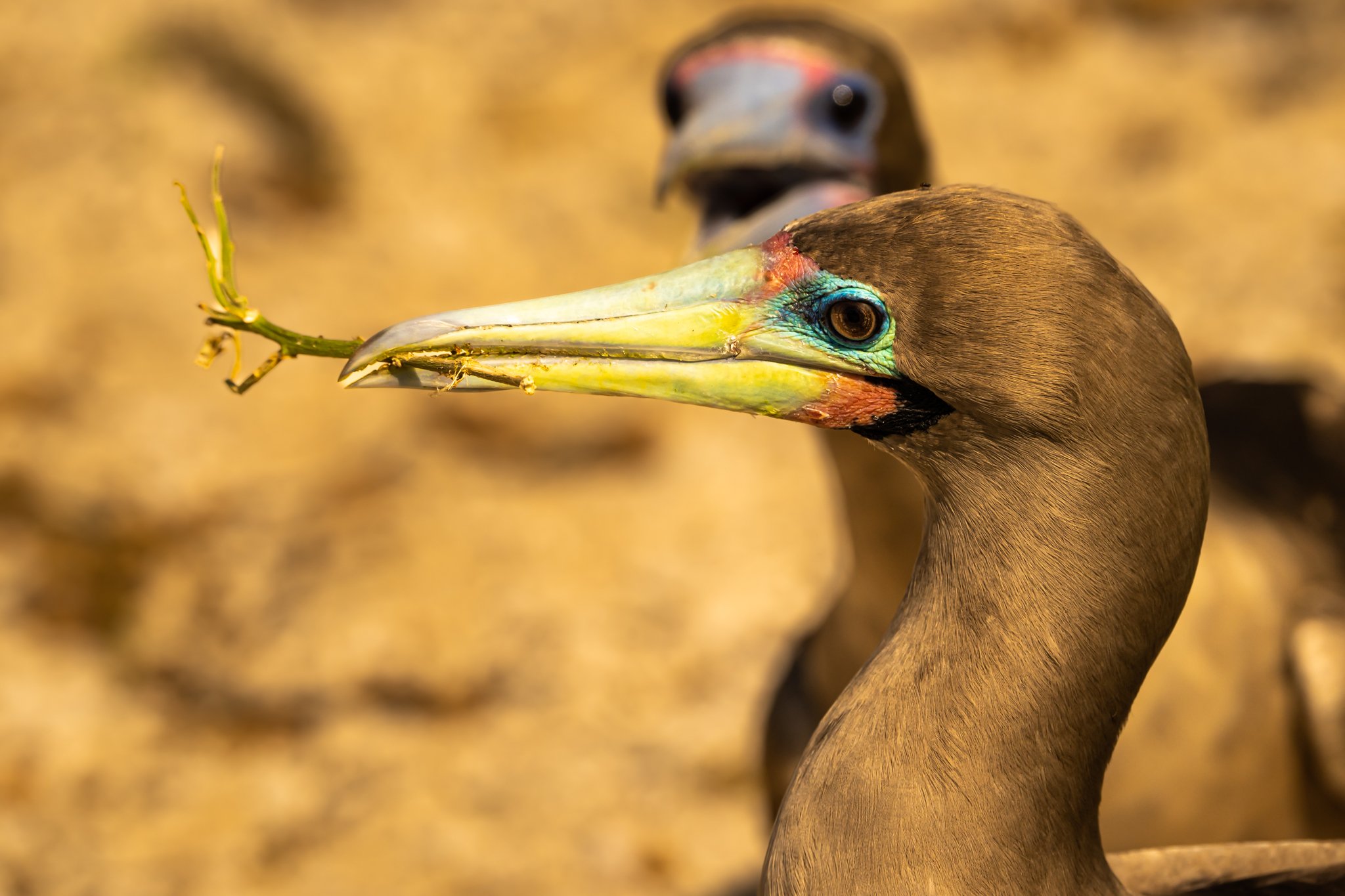
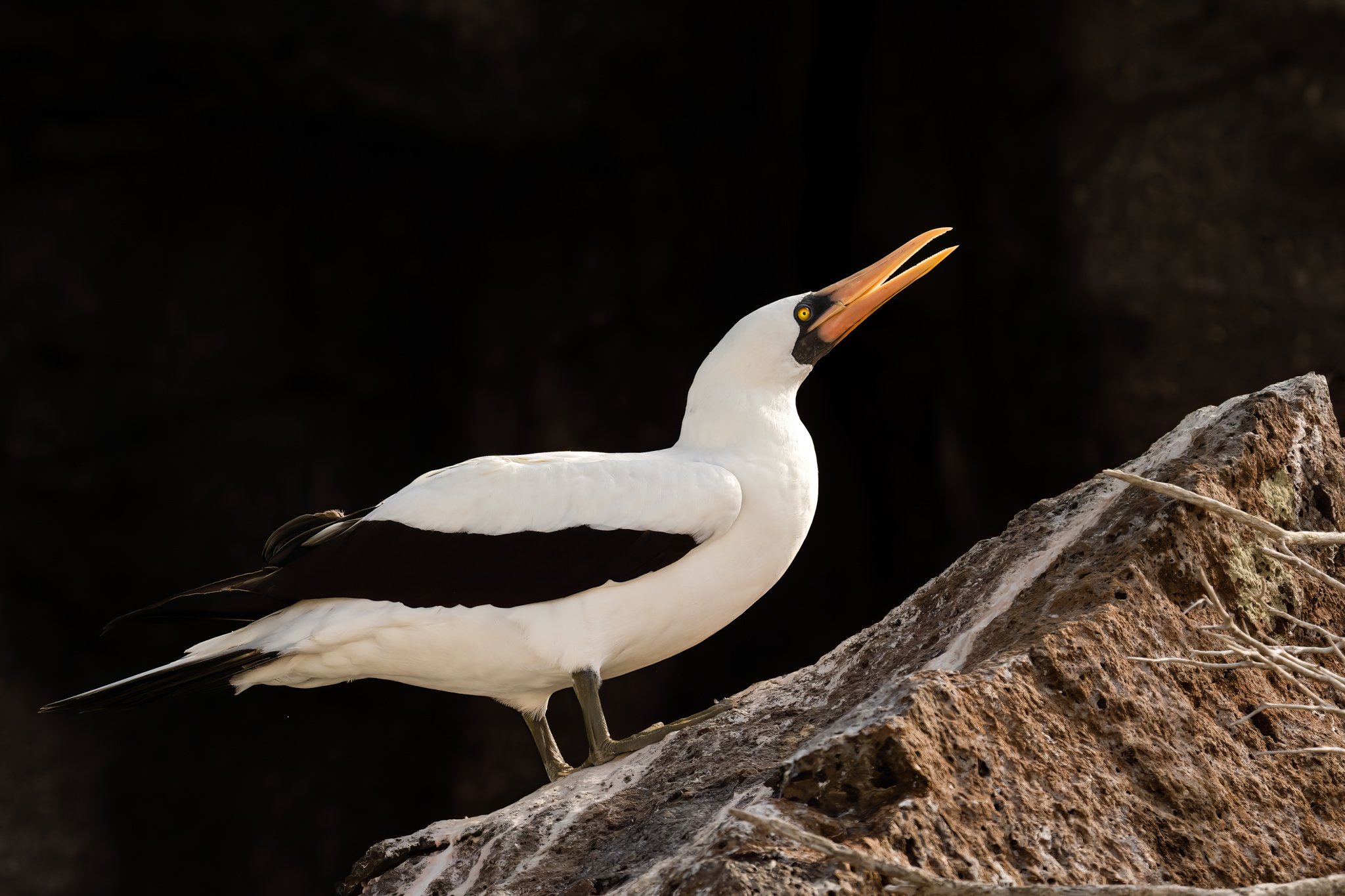
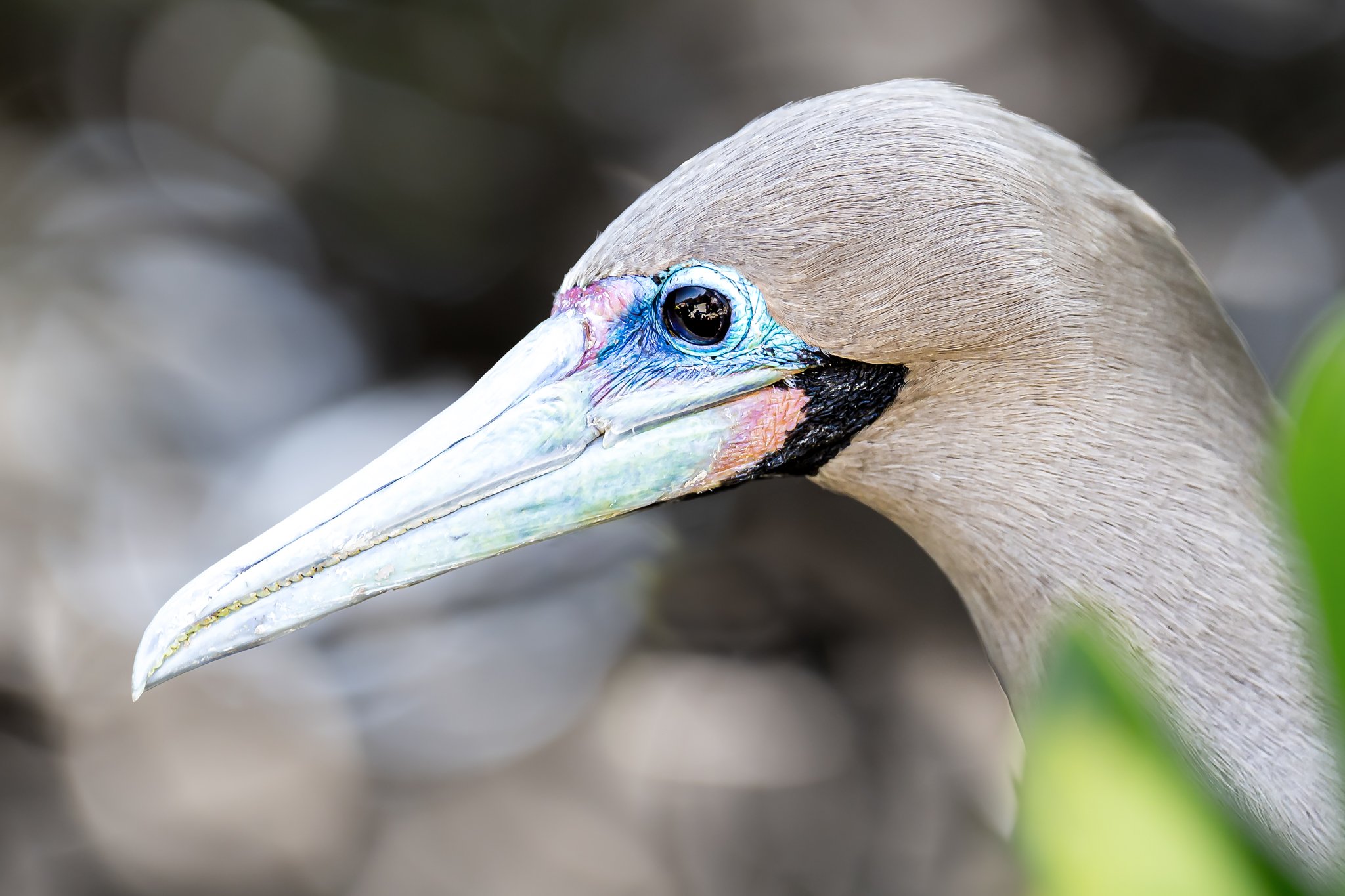
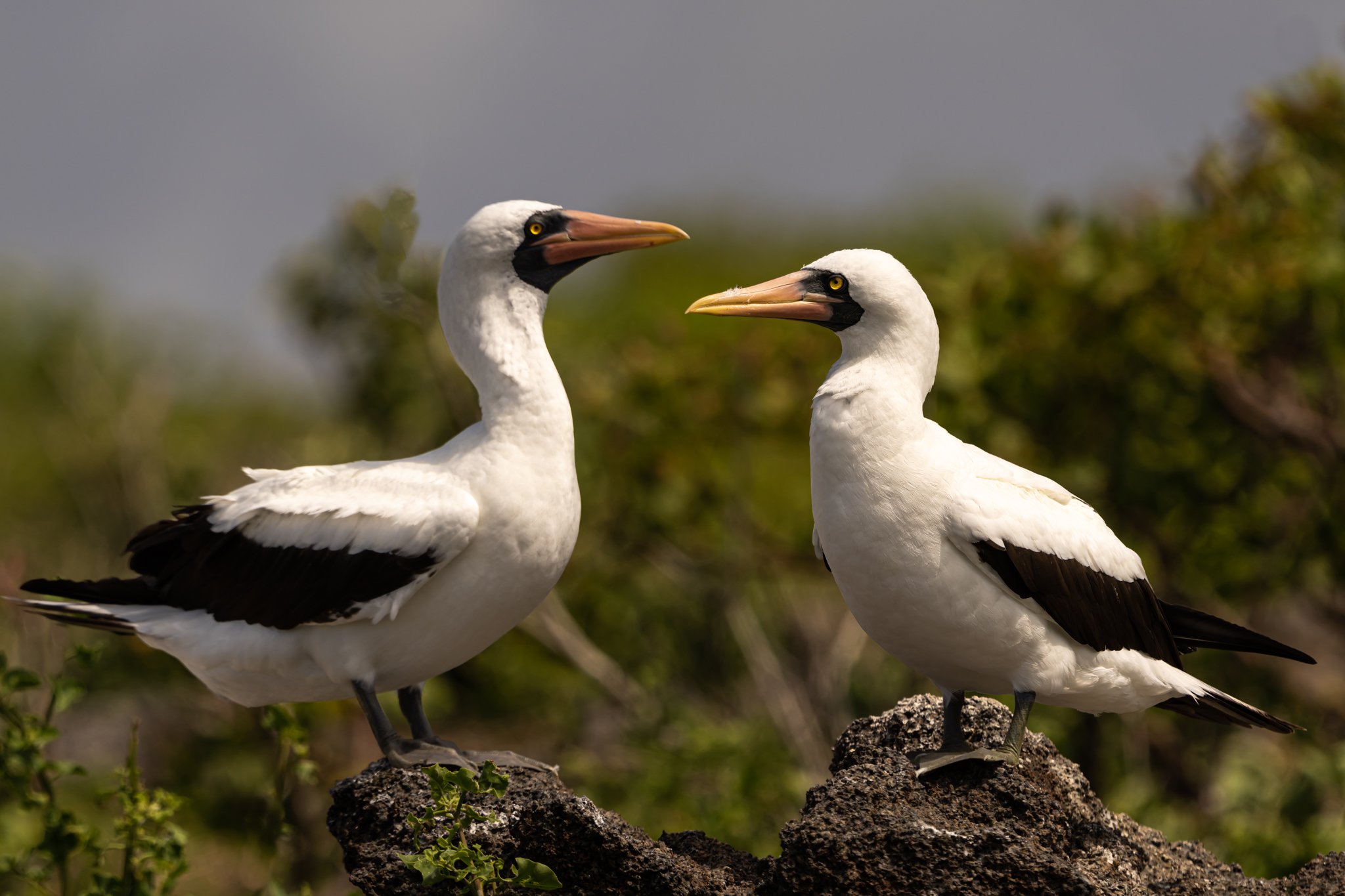
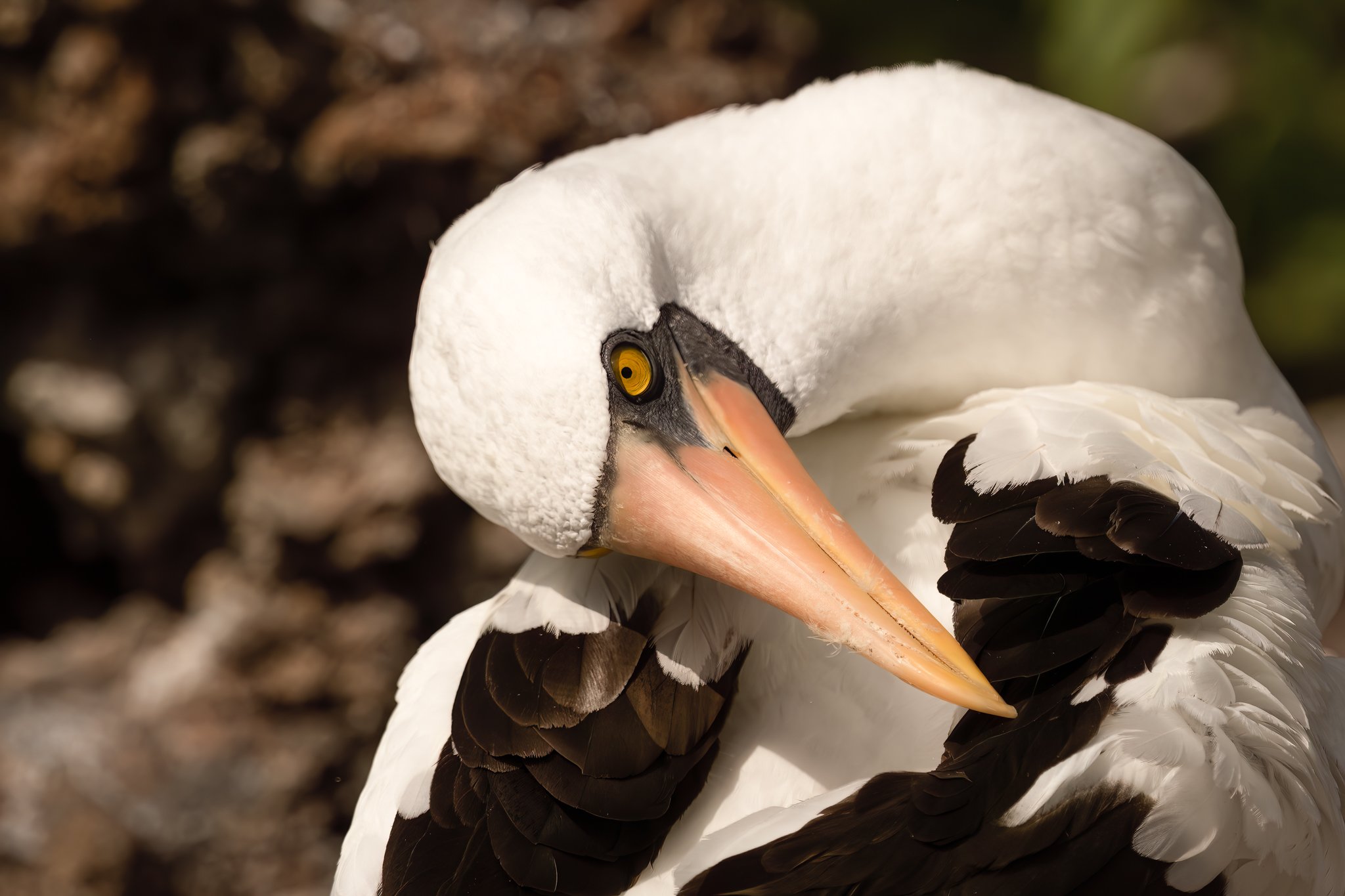
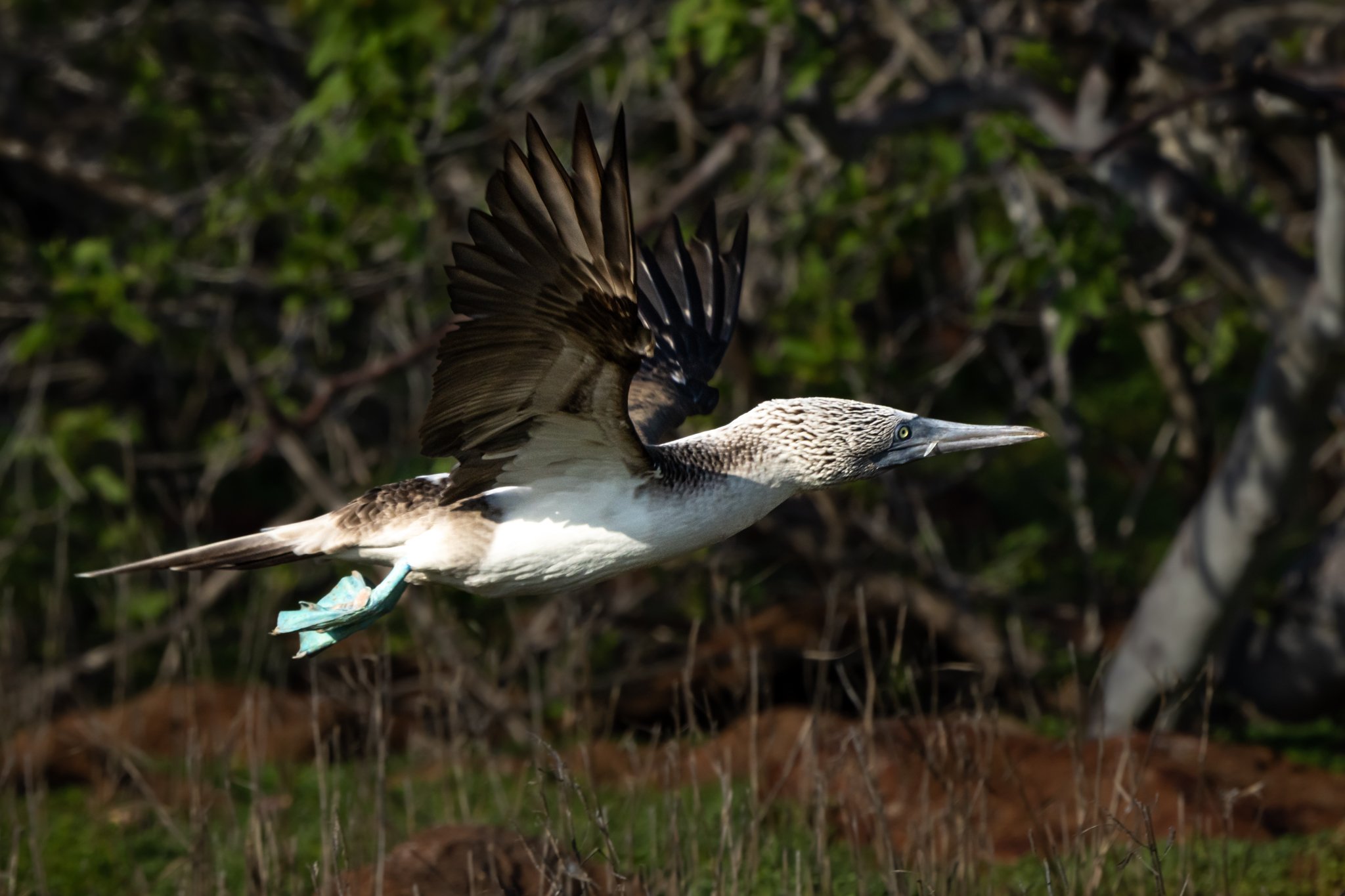
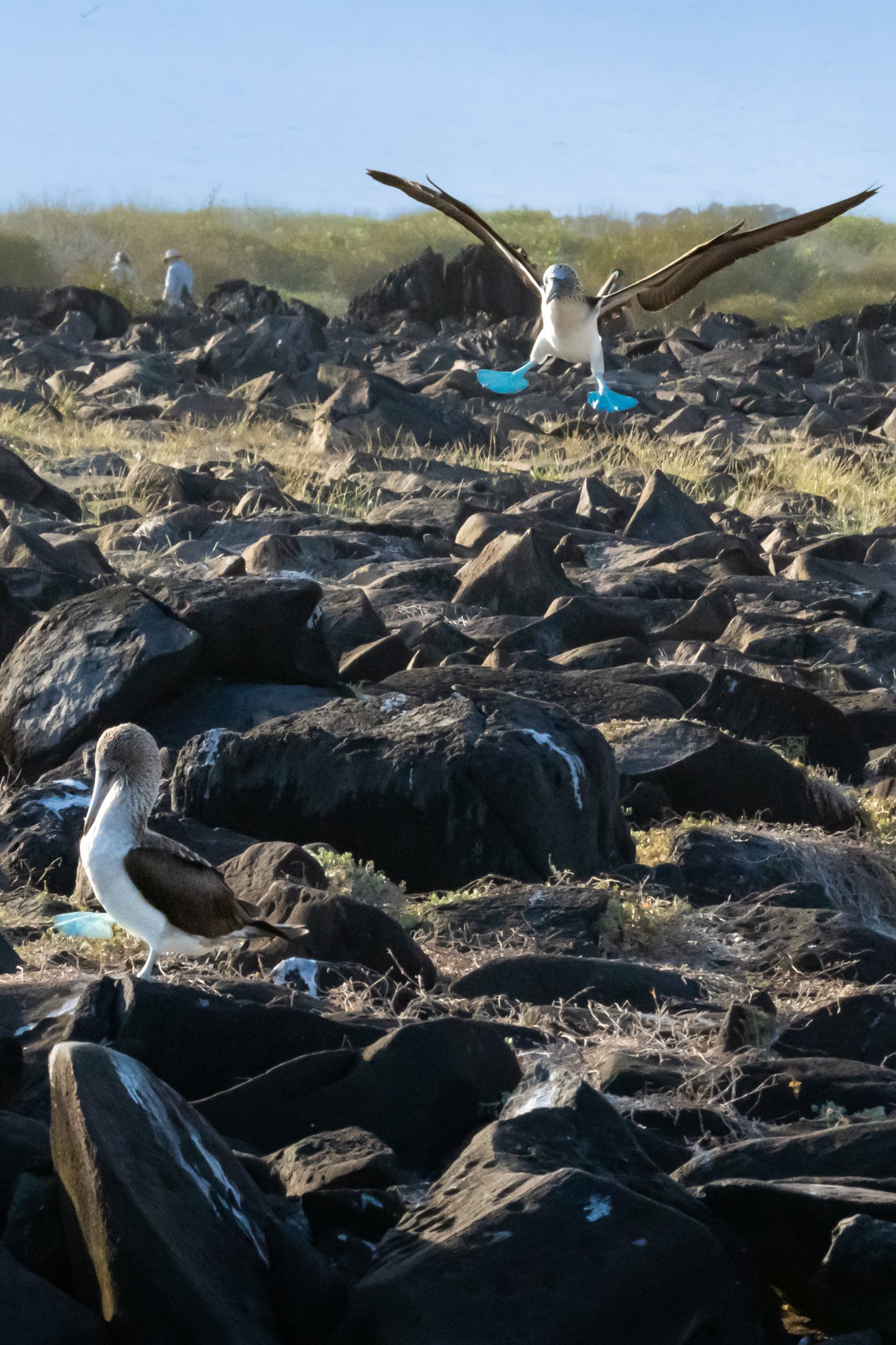
The harsh environment of the Galapagos causes animals to become vary specialized. The various finches have different beak shapes to feed on specific food sources, so one species doesn’t compete with the next. Populations rise and fall as conditions change, with only the strongest surviving. One example of the variation in animal life can be easily seen in the many different iguanas. There are three species of land iguana as well as a marine iguana.
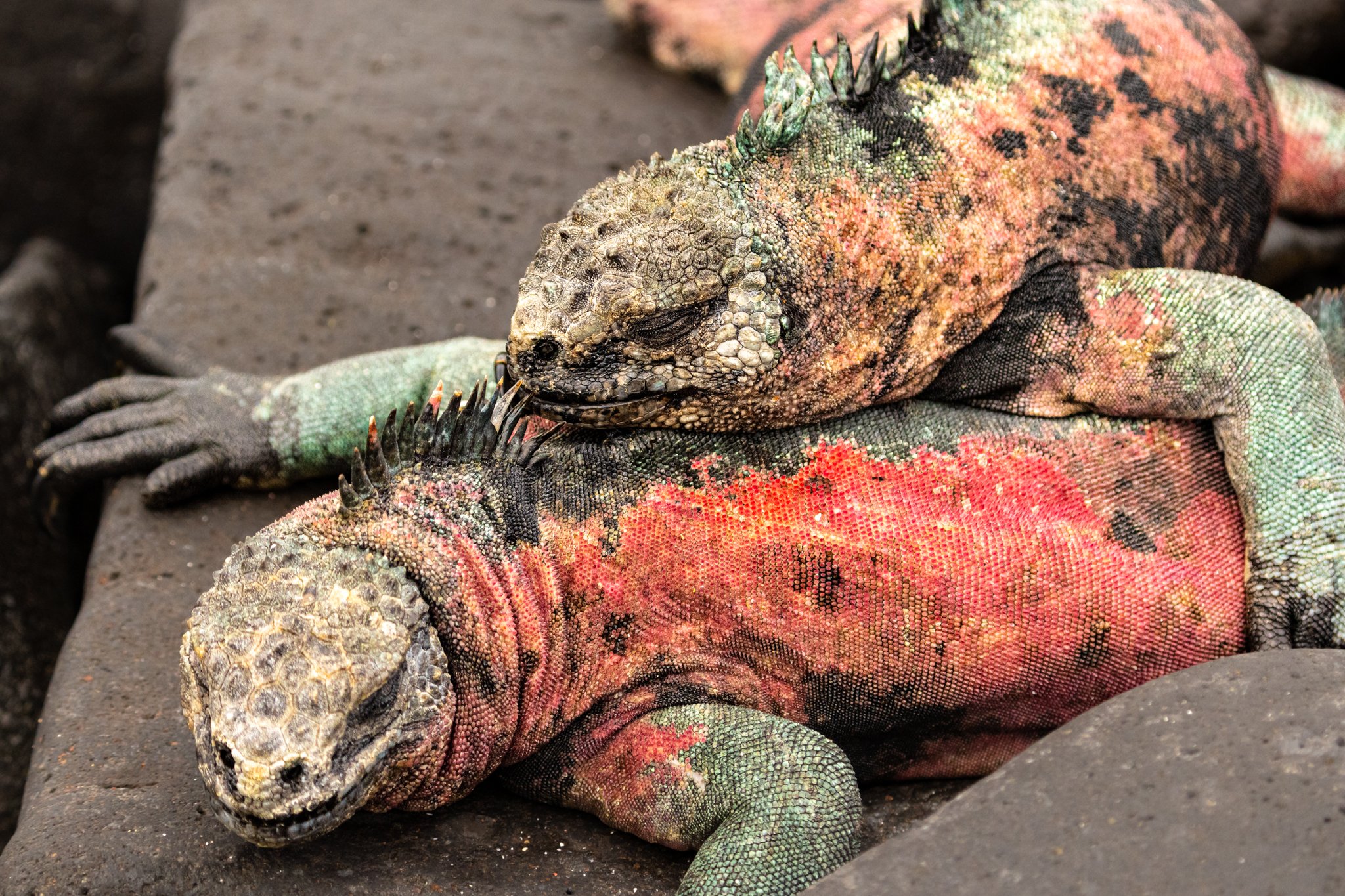
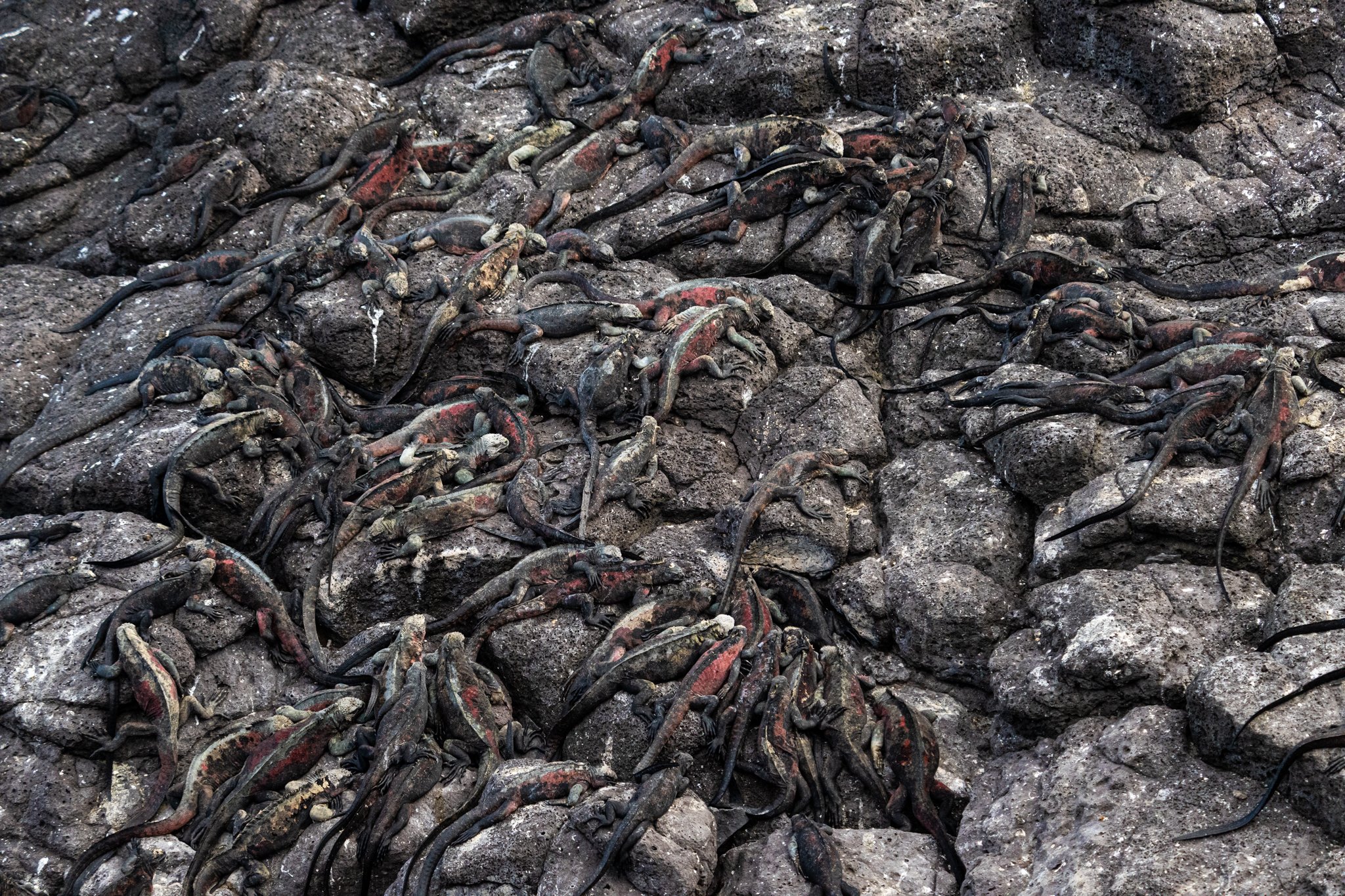
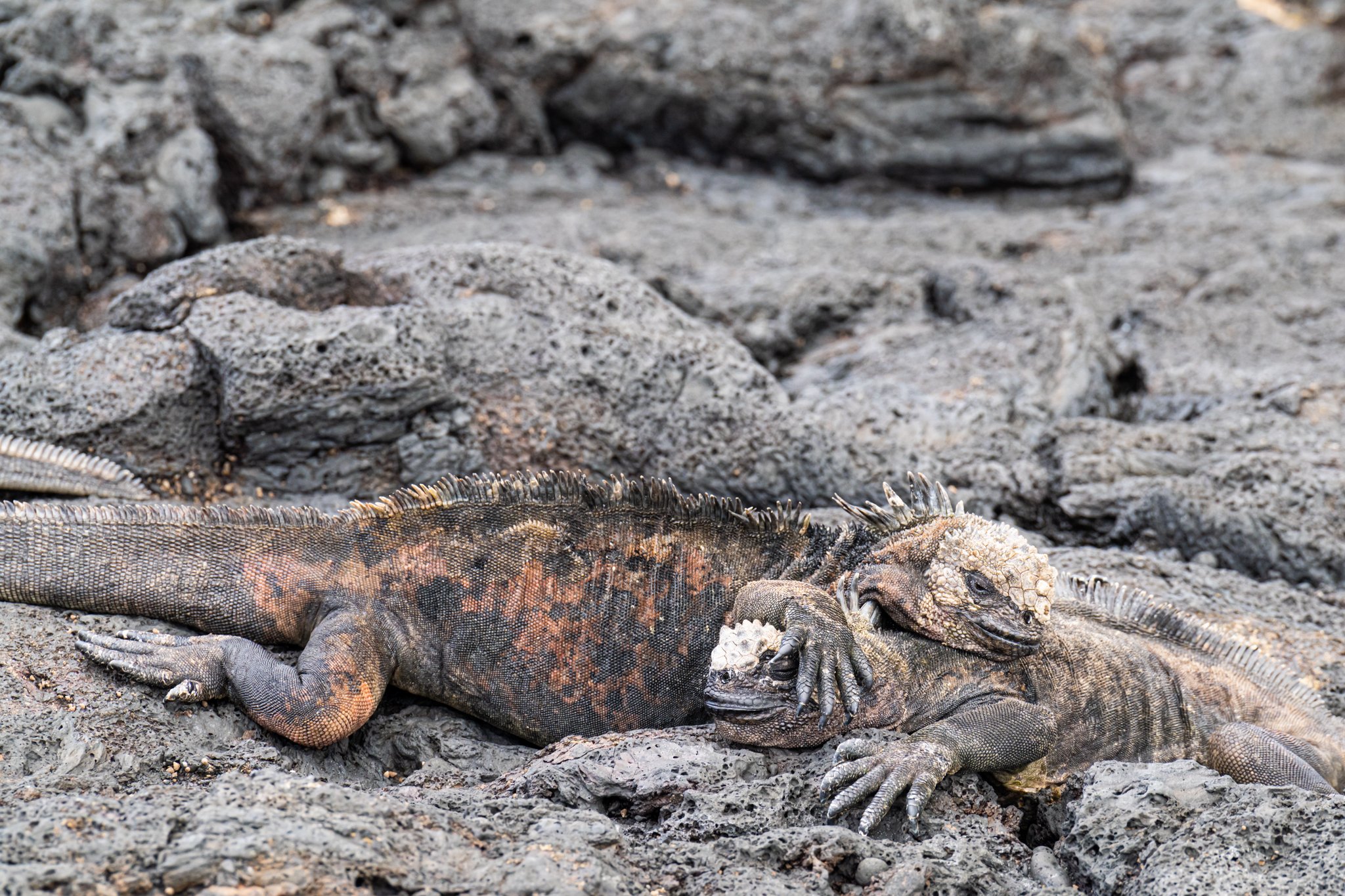
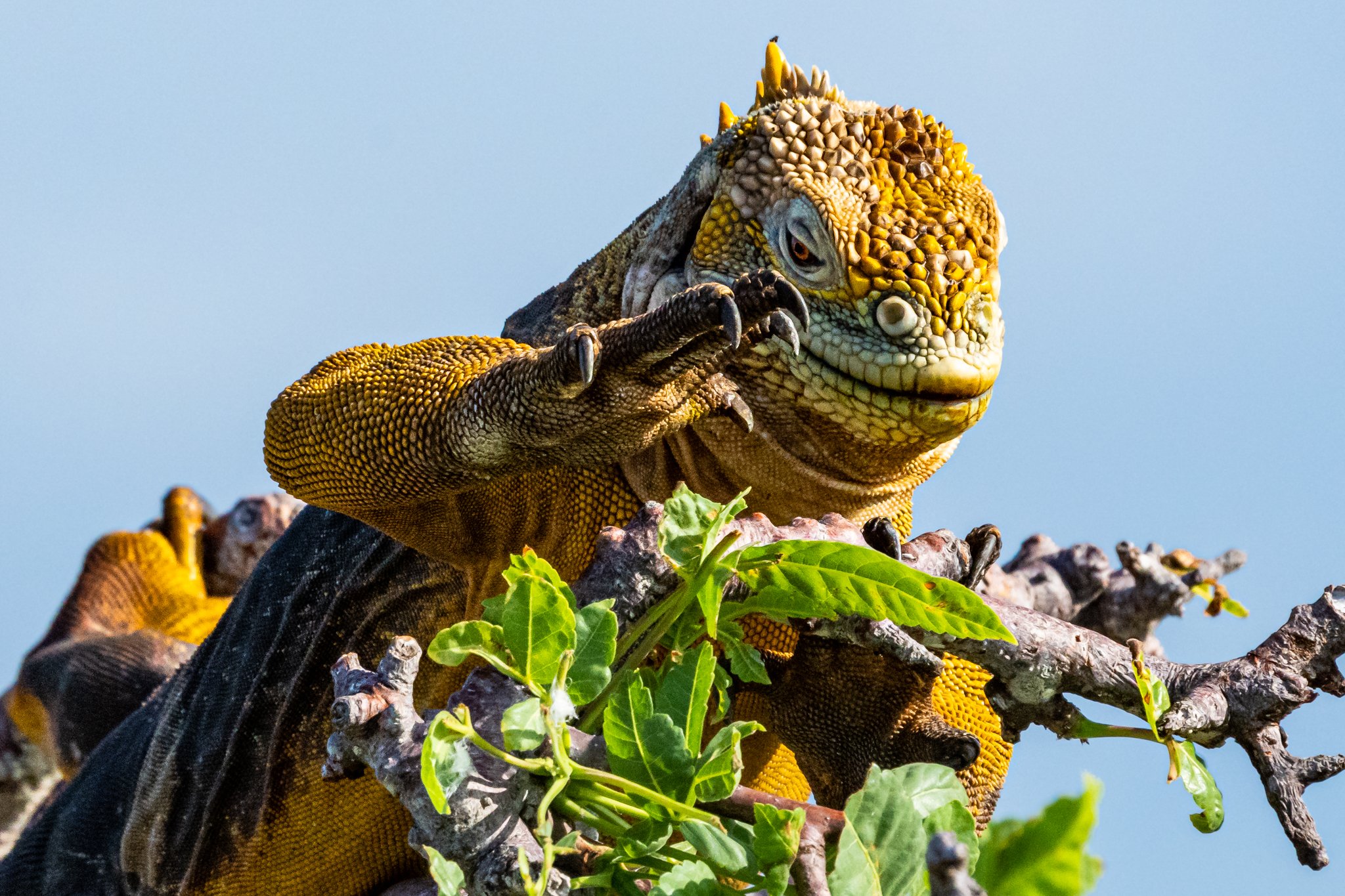
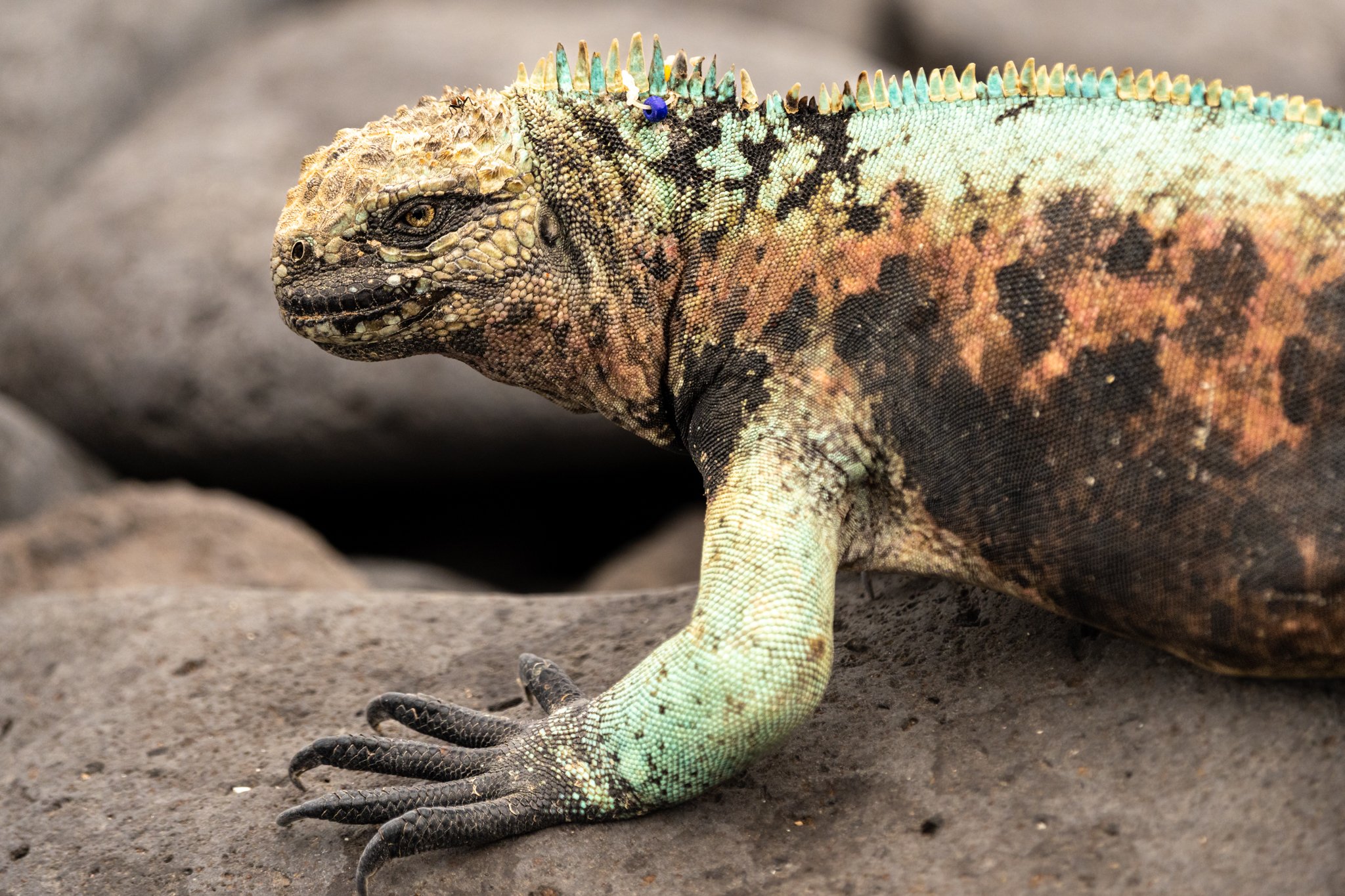
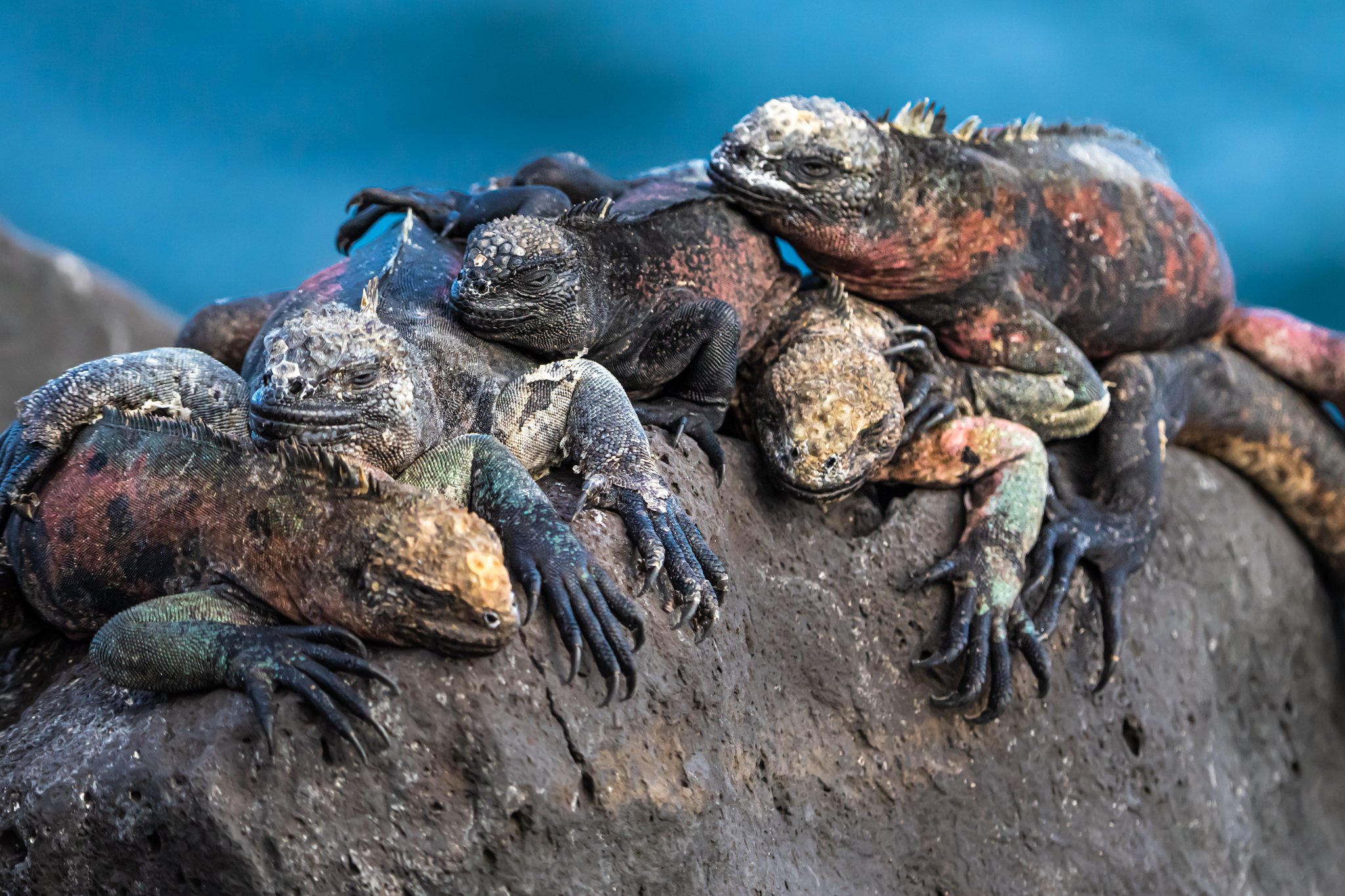
More to come in a second addition. Just to much to cover in a single post.



